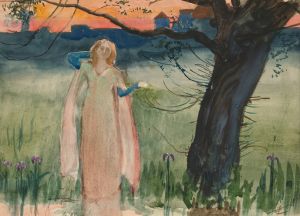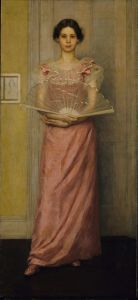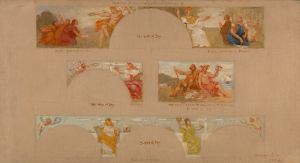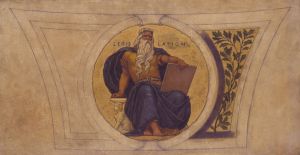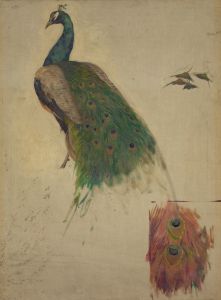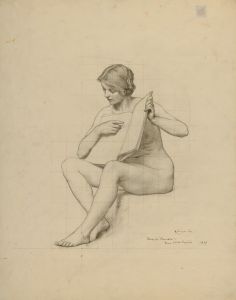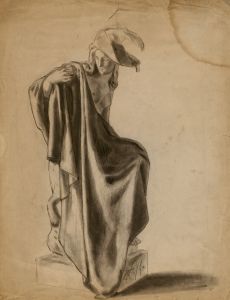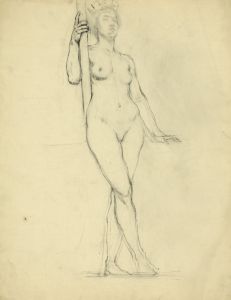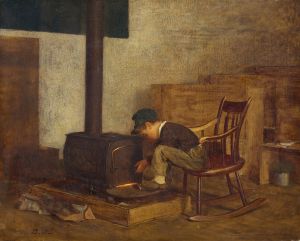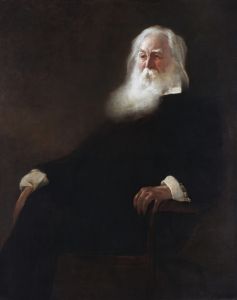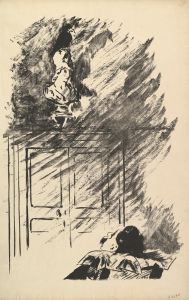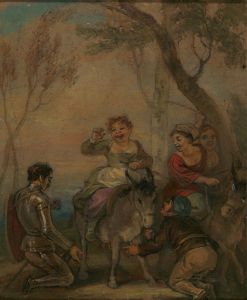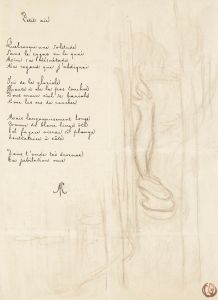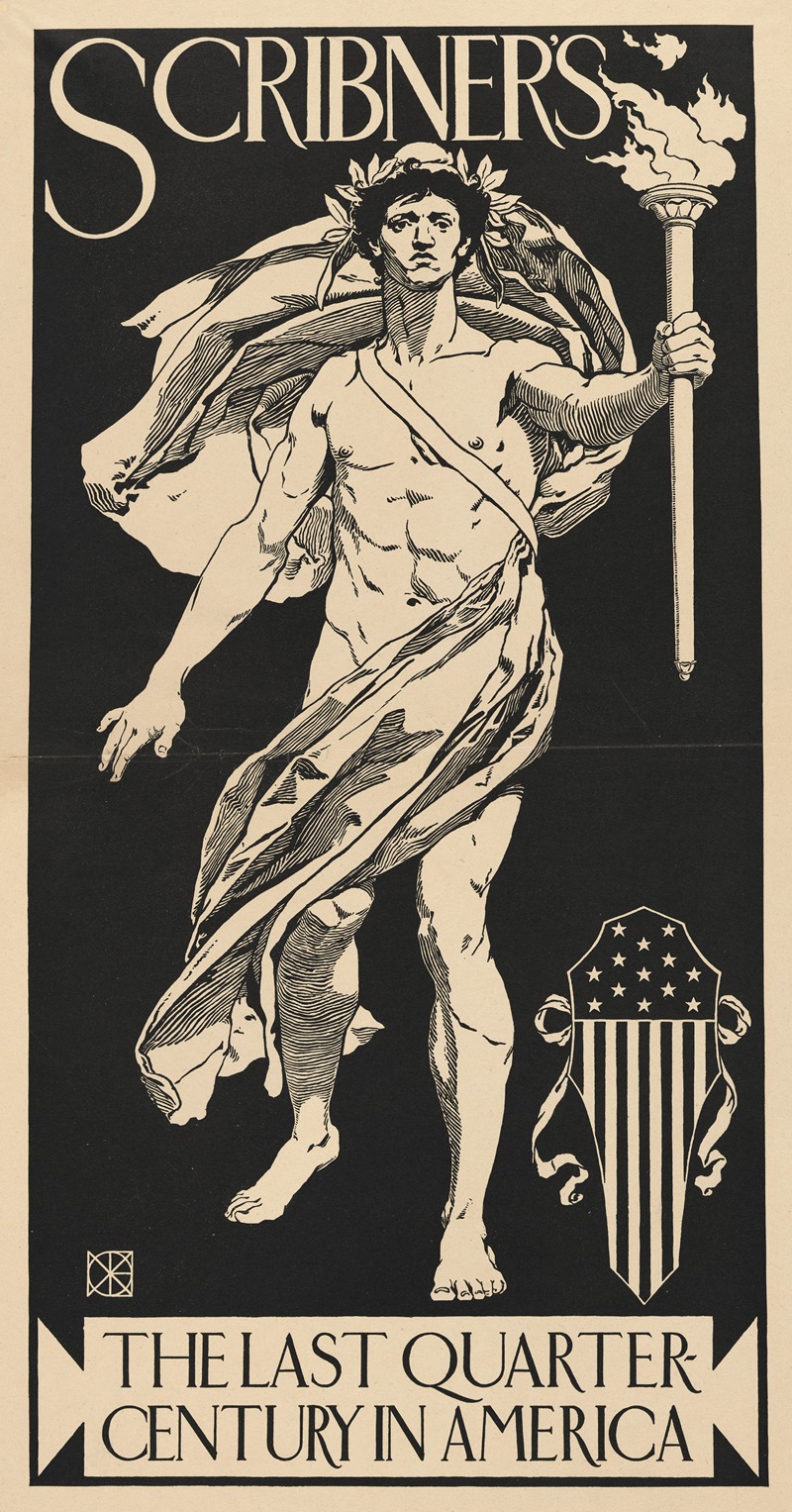
Scribner’s The Last Quarter-Century in America
A hand-painted replica of Kenyon Cox’s masterpiece Scribner’s The Last Quarter-Century in America, meticulously crafted by professional artists to capture the true essence of the original. Each piece is created with museum-quality canvas and rare mineral pigments, carefully painted by experienced artists with delicate brushstrokes and rich, layered colors to perfectly recreate the texture of the original artwork. Unlike machine-printed reproductions, this hand-painted version brings the painting to life, infused with the artist’s emotions and skill in every stroke. Whether for personal collection or home decoration, it instantly elevates the artistic atmosphere of any space.
Kenyon Cox's painting "The Last Quarter-Century in America" was created as an illustration for Scribner’s Magazine, a popular publication in the late 19th and early 20th centuries. Kenyon Cox, an American painter, illustrator, and writer, was known for his classical style and his contributions to the American Renaissance movement. His work often reflected themes of history, culture, and the arts, which were prevalent during this period.
"The Last Quarter-Century in America" was commissioned to accompany an article in Scribner’s Magazine, which was known for its high-quality illustrations and literary content. The magazine played a significant role in shaping public opinion and taste during its time, and Cox's contributions were part of its appeal. His illustrations often depicted allegorical and historical themes, aligning with the magazine's intellectual and cultural focus.
Kenyon Cox was born in 1856 in Warren, Ohio, and studied art at the McMicken School of Design in Cincinnati before moving to Paris to continue his education at the École des Beaux-Arts. In Paris, he was influenced by the academic style of painting, which emphasized classical techniques and subjects. Upon returning to the United States, Cox became a prominent figure in the American art scene, advocating for traditional artistic values and techniques.
Cox's work for Scribner’s Magazine, including "The Last Quarter-Century in America," often featured allegorical figures and classical motifs. These elements were characteristic of his style and reflected his belief in the importance of classical art as a means of conveying moral and cultural values. His illustrations were not merely decorative but were intended to enhance the reader's understanding of the accompanying text.
"The Last Quarter-Century in America" likely depicted themes relevant to the social, political, and cultural changes that occurred in the United States during the late 19th and early 20th centuries. This period was marked by rapid industrialization, urbanization, and significant shifts in social norms and values. Artists like Cox used their work to comment on these changes and to explore the impact of modernization on American society.
Kenyon Cox's contributions to Scribner’s Magazine and other publications helped to define the visual culture of his time. His work remains an important part of American art history, reflecting the ideals and concerns of an era that was grappling with the challenges and opportunities of a rapidly changing world. Cox's legacy is preserved not only in his paintings and illustrations but also in his writings on art, which continue to be studied by art historians and enthusiasts.
Overall, "The Last Quarter-Century in America" by Kenyon Cox is an example of how art and literature intersected during a pivotal time in American history, providing insight into the cultural and intellectual currents of the period.





